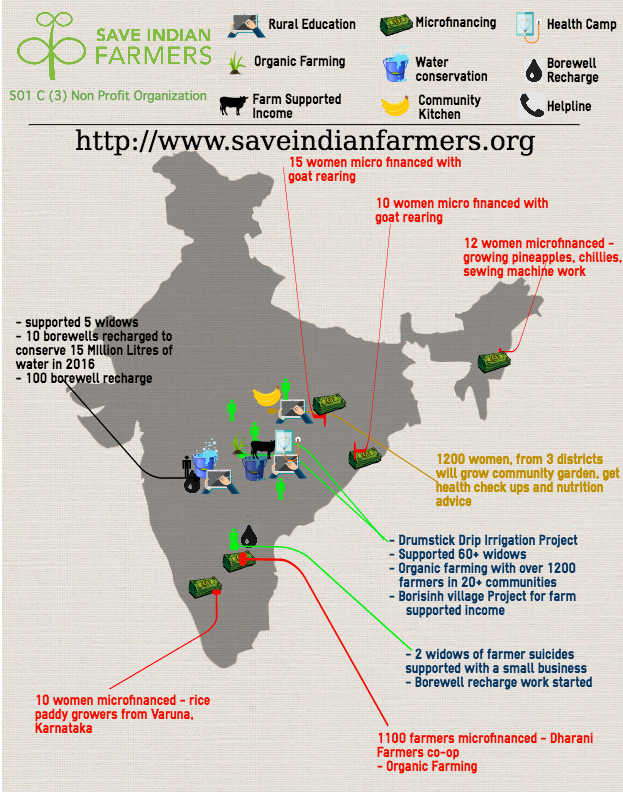The kind of images that form in our minds when we think of a word have a significant social meaning. When the average person thinks of the word farmer, the image of a man plowing a field and gazing hopelessly at the sky comes to mind. This image does not reflect women farmers. This means that the farmer is a man in the sense of the word to a majority of people, not a woman, which is contrary to reality. Agriculture has a history dating back thousands of years, and women have a very important role to play in this. It would not exist without women, because agriculture was invented by women.
According to agricultural statistics, about 73.2% of women in rural India work in agriculture, but only 12% of women own farm land. The Supreme Court ruled in 2020 that women have the same right to inherit property as men.
Even today, in society, culture, religion, tradition, practically everywhere, agriculture is considered the business of men. According to The India Human Development Survey, 83% of agricultural land is owned by men, while only 2% is owned by women. This shows how women are not considered farmers and are not seen as heirs to agriculture because of their low property ownership.
Answering all these questions, Kavita Kuruganti, a member of the Alliance for Holistic Agriculture Organization in Karnataka and a member of the group who represented farmers protesting the current agricultural law to the government, said that in a patriarchal society, most agricultural land belongs to men. Additionally, it is a fact that even the produce is owned by men, but we have to understand that a woman is also a farmer. After independence, men’s participation in agricultural policy and agricultural technology became more educated and efficient. Therefore, agricultural policies and technology also shifted to an industry where only male farmers were mentioned. Furthermore, inventions such as tractors, irrigation systems and machinery were made to save labor time to alleviate the problems of male farmers, but close to nothing has been done to lessen the burdens on women farmers, such as sowing seeds, cutting grass between crops, removing cotton, cleaning cotton. More labor-saving and cost-effective techniques could have been developed for such work, but technological progress has been neglected because these are tasks committed by majority female farmers.
According to Oxfam, women’s participation in government committees and implementation of agricultural schemes is only 2.3%. If you currently reside in a village, you will notice how many women are working as agricultural assistants in your panchayat and surrounding areas.
According to the 2019-20 Economic Survey, the participation of women in agriculture has increased more than ever before due to high migration in this financial year. This means that young people are migrating from rural to urban areas in search of employment, and women are taking on increased responsibilities to take care of household farming. However, as a farmer, Satbara is not registered, and women do not get the benefit of government schemes as they are not registered. If women are also considered as farmers, then crop insurance schemes, crop loans, debt waivers, government assistance can also help their families, which is still not taking place today..
This, however, does not mean that the issue of repealing new agricultural laws does not relate to women farmers. The fact is that the issue is just as relevant to male farmers as it is to female farmers. It can even be argued that women farmers are more affected by this topic than male farmers. For example, if a legal guarantee of MSP is obtained, the income will increase. Only then will living standards improve. This is the reason why a large number of women farmers have joined the agitation on the Delhi border.
Author
Vikas Meshram – Save Indian Farmers Foundation, India.





